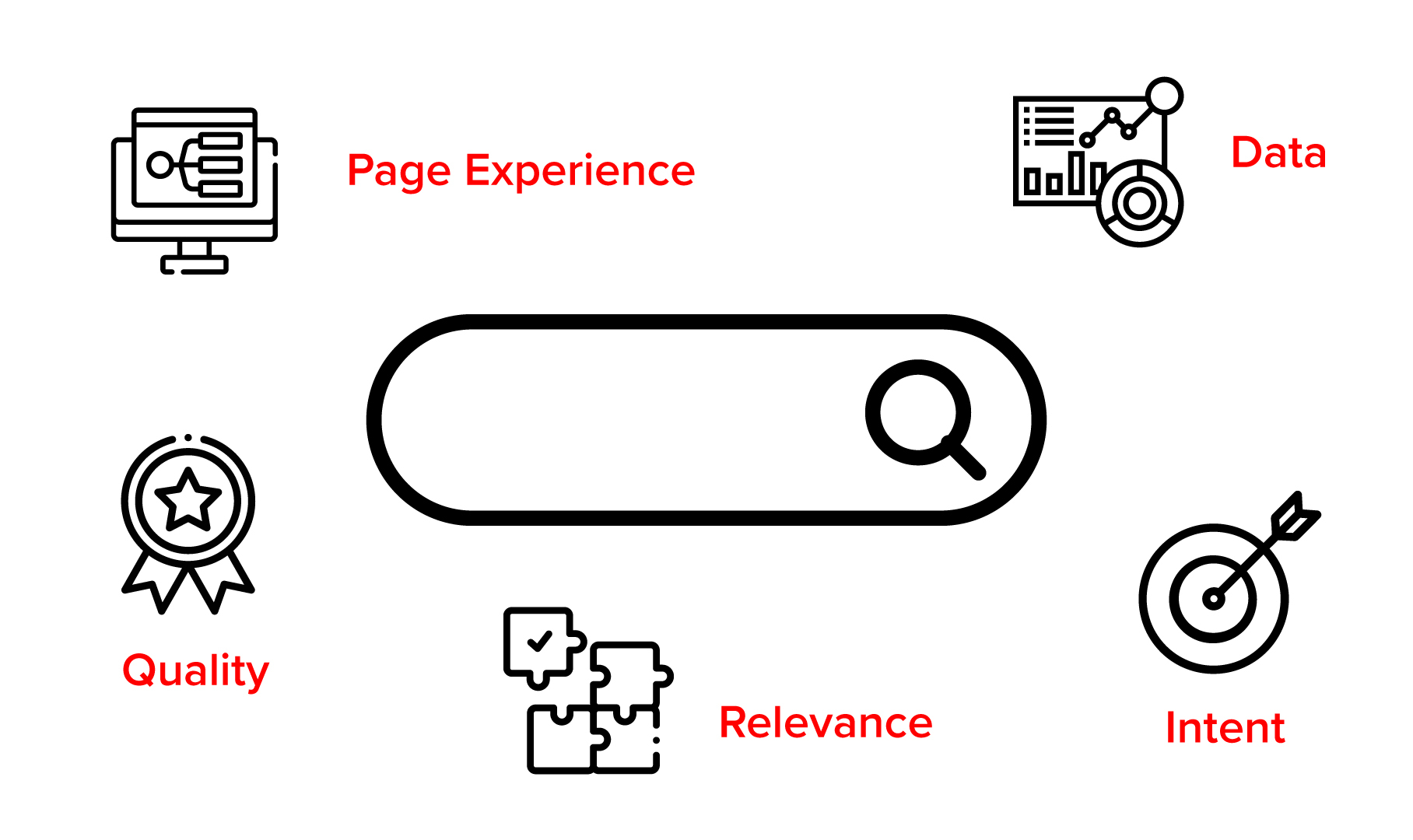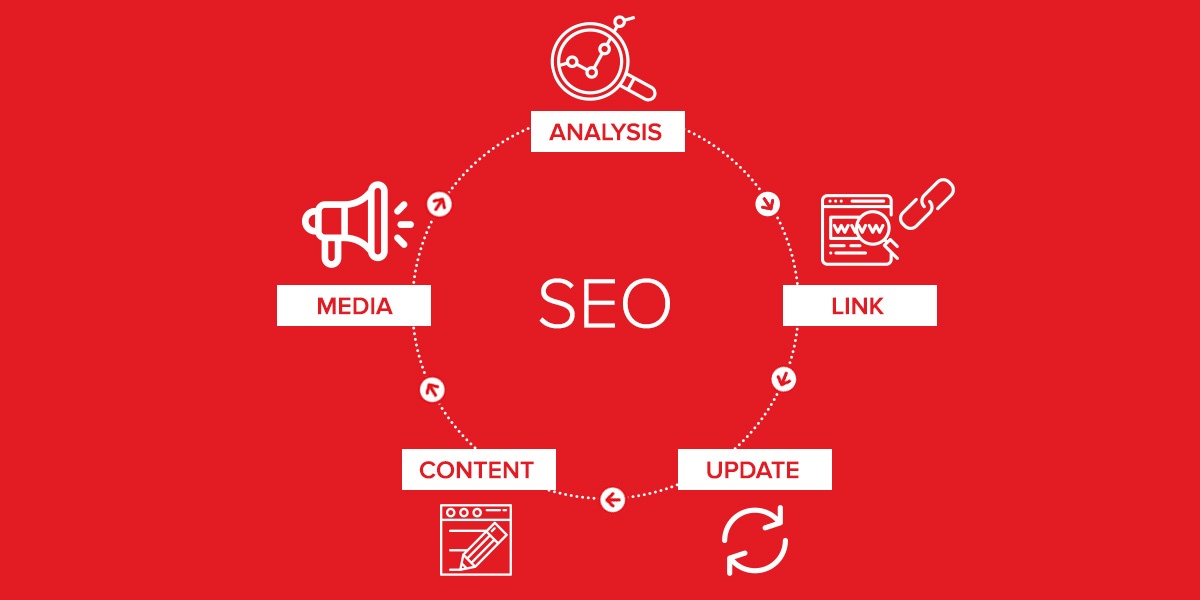You’ve just spent a lot of time and even more money building a fancy new website for your organization, and now you’re asking yourself the million-dollar question, how long until this thing gets traffic?
When asking this question, people typically refer to organic search traffic, specifically via Google. The simple answer is that it depends on several factors and will take time to rank in Google Search resulting in significant organic traffic arriving to your website. In reality, it’s much more complex than that. This blog will share some of our insights on this matter in the hopes that you’ll benefit from our efforts.
While website traffic is an important metric, the outcome most organizations are chasing is conversions. The traffic must come from a relevant audience. Imagine running a plumbing business in New York City, sure, it’s great if your website gets 5,000 hits a day, but if all that traffic is coming from Europe, you won't see results. That’s the difference between views and conversions.
In the following we outline some of the criteria search engines use to return present results and how to tailor your content in order to increase web traffic—from the right type of visitor—while boosting conversions.
How Does Google Return Search Results?
Most Search Engine Optimization (SEO) efforts are focused on improving Google search ranking, and for good reason. As Google is the world's most visited website, and 51% of all website traffic comes from Google Search this article is focusing on addressing their criteria - but rest assured, the other search engines will be duly affected by your efforts accordingly
Google aims to show users information that is useful, high quality, and trustworthy. Their algorithms have evolved over the years and now use a complex labyrinth of keywords, page content, source expertise, language and location to deliver results. Which just makes sense. When we “google something” we want relevant, current, authoritative results.
While there is no way to hack the algorithm and get your content to the top of search results every time, there are five key factors search engines use to determine what content is reliable and relevant to a user’s search. So, keep these in mind as you build your content strategy:
What is your user searching for?
Google starts by trying to understand the users’ search intent. Are they looking for a recipe? Directions? A dentist in their area? A church? Song lyrics? Or the nearest Apple store. Google uses simple things like interpreting spelling mistakes and more complex processes like deciphering the different meanings of the same words (where to park downtown vs. downtown parks) to understand what type of information a user is really searching for.
Is the content relevant to your user’s search?
Google analyzes webpage content to assess whether the page contains information relevant to a user's search; this is where keywords come in. Google is looking for web pages that have the same keywords as the query.
Does the content fit Google’s standard of quality?
Google’s search algorithms prioritize quality content. After identifying relevant content, their system identifies signals to help distinguish whether or not it demonstrates expertise, authority, and most of all trustworthiness. The key signal Google relies on to determine quality is whether or not other reputable websites mention or refer to it.
How user-friendly is the webpage?
Google also evaluates the usability of a webpage. Does the page load quickly? Does the page appear correctly across devices? Google wants users to have the best experience possible so they continue to use their service. Again, this just makes sense. If you refer a friend to your favourite store, you want to ensure your friend enjoys shopping there. Google has the same objective.
What other data does Google have about the user conducting the search?
Google utilizes user information like location, settings, and search history to help tailor search results. For example, searching ‘bread’ not only returns standard results for recipes and nutritional facts but also bakeries in your area. If you specify a location in your search, like ‘toronto bread’, it will override this function and only show you results relating to bread in Toronto.

How Do I Get My Content In Front of the Right People?
Choose Keywords Carefully
Choose keywords for your website thoughtfully. What does your audience struggle with? What pain do they experience? What can you do for them? What questions do they have about your product or service? An easy way to find these keywords is by searching your industry or service and looking at what Google returns in the ‘people also ask’ snippet.
Using long-tail keywords relevant to your target audience’s pain points is the best strategy for getting your content in front of the right audience. They typically have a lower search volume making them easier to rank for, and targeting users who are already interested in your offering increases the likelihood of conversions. For example, let’s say you’re a plumbing fixture seller specializing in brass custom- made handles (sounds a little far-fetched but go with me on this) and you want to rank for “plumbing fixtures”. You’ll be competing with Home Depot and RONA. But if you wanted to rank for your specialty - custom plumbing fixture with brass handles - you’ll have a much better chance of ranking high in the list for your unique product. So, use this analogy when determining your keyword strategy.
Create Quality Content
Choosing the right content for your website is key. Even if you are getting the right people to your website, it doesn’t matter if they are unimpressed or uninterested when they get there. Ensure your content contributes to the conversation and communicates your value proposition in a way your audience understands. Not only must the content be meaningful, the manner in which the content is presented also influences a person’s perspective of your offering. It has to look good as well. Throwing up a keyword rich cluster of information that isn’t readable, or relevant to your audience, doesn’t work. Authentic, well informed, great looking content has always outperformed shoddily assembled information.
Another consideration is that quality content also plays into backlinks. If you consistently produce valuable content, other websites in your industry or service sector will want to link to it—driving relevant traffic to your website and improving your authority with Google.
Final Thoughts
Remember, the ultimate goal is not to increase web traffic but to increase conversions. Ensure you target the right audience with long-tail keywords and communicate your value proposition with quality content relevant to their pain points. Follow SEO best practices and track your results so you can adjust your strategy as necessary.
Gabriel Scorgie
Gabriel creates compelling content and campaigns designed to appeal to customers. A business needs an audience. He’ll get you that audience.





